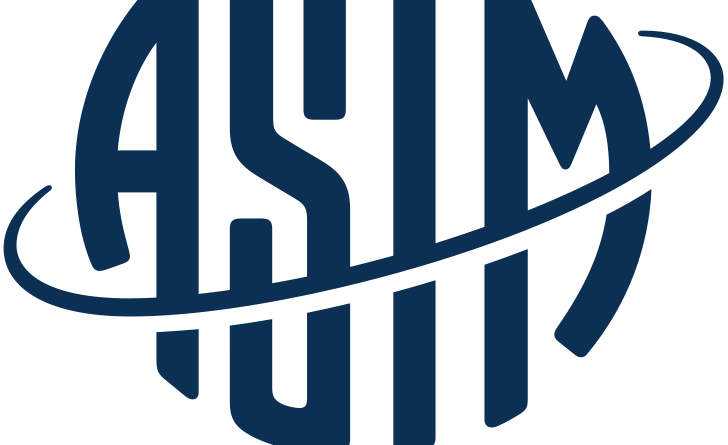US Navy Strengthens Supply Chain with Additive Manufacturing Partnership
The US Navy is at the forefront of adopting additive manufacturing (AM) to strengthen its supply chain for submarine platforms. A new partnership between ASTM International, Austal USA, and BlueForge Alliance aims to create a robust and secure AM system that ensures the production of both new parts and through-life spare parts. This collaboration is critical in enhancing the Navy’s manufacturing capabilities and addressing challenges in maintaining a reliable, high-tech supply chain for defense applications.
Through this partnership, ASTM’s Additive Manufacturing Center of Excellence (AM CoE) will provide expertise in standards development, certification, and supplier qualification processes, ensuring that the Navy’s demanding technical requirements are met. These efforts mark a strategic move toward a more resilient and sustainable defense infrastructure, supporting future innovations in military technology.
ASTM’s Additive Manufacturing Standards
At the heart of this initiative is ASTM International’s industry-leading standards, which are vital to establishing a qualified and compliant additive manufacturing supply chain. These standards serve as the foundation for technical qualification and supplier activation, ensuring adherence to the US Navy’s stringent requirements for processes such as Powder Bed Fusion (PBF) and Directed Energy Deposition (DED). By driving best practices across the defense sector, the initiative ensures that all parts produced meet the highest standards of quality and reliability.
The partnership also emphasizes innovation, with ASTM’s recently launched Additive Manufacturing Certification Committee (AMCC) playing a key role in unifying stakeholders across industries to develop audit criteria that meet international benchmarks.
Enhancing the US Navy’s AM Capabilities
The collaboration between ASTM International, Austal USA, and BlueForge Alliance is pivotal in advancing the US Navy’s additive manufacturing capabilities. With growing global tensions, supply chain disruptions, and sustainability concerns, the Navy has identified AM as a key solution to its production challenges. The new system aims to not only provide mission-critical components but also ensure a steady supply of spare parts for submarine platforms.
Through the use of Powder Bed Fusion (PBF) and Directed Energy Deposition (DED) processes, the partnership will drive innovation in the Navy’s supply chain. This effort is further supported by ASTM’s Additive Manufacturing Center of Excellence (AM CoE), which focuses on developing best practices for certification and supplier activation. By utilizing advanced AM technologies, the Navy can significantly reduce lead times, enhance production scalability, and maintain its competitive edge in the evolving defense landscape.
Workforce Upskilling and Supplier Onboarding
A critical component of the partnership is its focus on upskilling the workforce and ensuring a phased onboarding of suppliers through the Navy’s regulatory framework. The initiative recognizes that, for AM to succeed, suppliers must be qualified to meet the Navy’s stringent requirements and timelines. The partnership will employ workshops, continuous improvement processes, and certification programs designed to help manufacturers meet these advanced standards.
The onboarding process will be conducted in phases to ensure that suppliers are fully integrated into the Navy’s supply chain ecosystem. Emphasis will be placed on training the workforce to meet the rigorous demands of additive manufacturing technologies, allowing the Navy to maintain a reliable and agile supply chain.
Looking ahead, this collaboration is set to transform how the US Navy and the broader defense sector approach manufacturing. With the AM supply chain poised for expansion, the Navy’s adoption of cutting-edge technologies will enable it to respond more effectively to global threats and operational challenges.
Sources:
